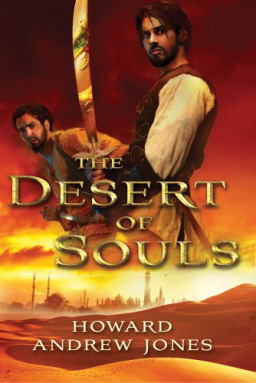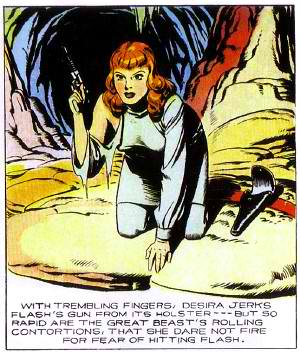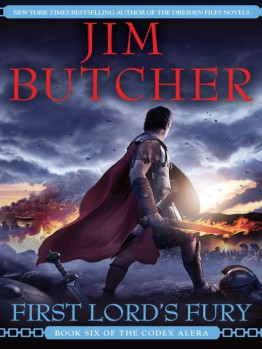It’s a World of Slaughter: Small World Board Game
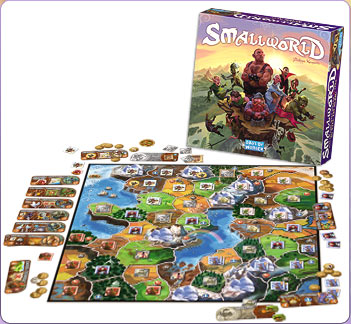 Small World (Amazon)
Small World (Amazon)
Days of Wonder ($49.99)
2 to 5 players
Recommended ages: 8+
Playtime: Around 1 hour
Reviewed by Andrew Zimmerman Jones
Small World is a game where various fantasy races get to fight over a world that’s just too small for them all to coexist. The intriguing gameplay mechanic ultimately drives your races into decline, forcing you to select new races to sweep in and take their place. The victor is the one with the most Victory Points at the end of the game.
Each Race has special powers which are randomly chosen each game, resulting in a total of 280 different possible Race & Special Power combinations, from Swamp Giants to Dragon Master Skeletons to Seafaring Dwarves. (Or, in another permutation, Dragon Master Giants, Seafaring Skeletons, and Swamp Dwarves.)
The set-up can be a bit overwhelming when you first open the game, but once you’ve played it once, it’s a quick, fun game for the whole family. One nice feature is that there’s nothing hidden about the game, so this is excellent for introducing younger players to gaming. Though the recommended age is 8+, my precocious 6-year-old son and I have played this game multiple times. He often has questions about the way certain powers work, so the game lasts longer than an hour, but it’s loads of fun.
 What I know about Rosemary Sutcliff:
What I know about Rosemary Sutcliff: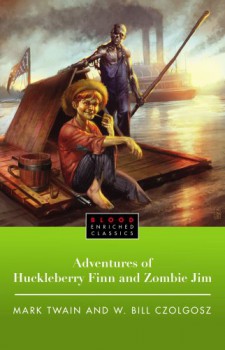 The Adventures of Huckleberry Finn and Zombie Jim: Mark Twain’s Classic with Crazy Zombie Goodness
The Adventures of Huckleberry Finn and Zombie Jim: Mark Twain’s Classic with Crazy Zombie Goodness  This month’s Apex Magazine features ”Bear in Contradicting Landscape” by David J. Schwarz and ”My Body, Her Canvas” by A.C. Wise; the classic reprint is “Useless Things” by Maureen McHugh, who is interviewed by Maggie Slater. Donata Giancola provides the cover art and Alex Bledsoe and editor Lynne M. Thomas penned columns round out the issue.
This month’s Apex Magazine features ”Bear in Contradicting Landscape” by David J. Schwarz and ”My Body, Her Canvas” by A.C. Wise; the classic reprint is “Useless Things” by Maureen McHugh, who is interviewed by Maggie Slater. Donata Giancola provides the cover art and Alex Bledsoe and editor Lynne M. Thomas penned columns round out the issue.